../
about/
projects/stargazing/
repository/
support/
contact/
What the Universe really looks like through the eyepiece of a telescope?
Learn how to observe the planets in our Solar System and explore Lunar craters. See Mars, the rings of Saturn, Jupiter’s Great Spot and its largest moons [Io, Europa, Ganymede and Callisto]. Spot the ISS [International Space Station] and thousands of satellites which orbiting and surrounding the earth. Sharpen your observing skills to find nebulae, variable and binary star systems. Test your knowledge about the basic pattern of the constellations which will help you learn about the celestial objects in the night sky.
Check the Events Calendar and join us in-person!
Telescope skywatching is free and open to the public. The amateur astronomy events are designed for both adults and kids.
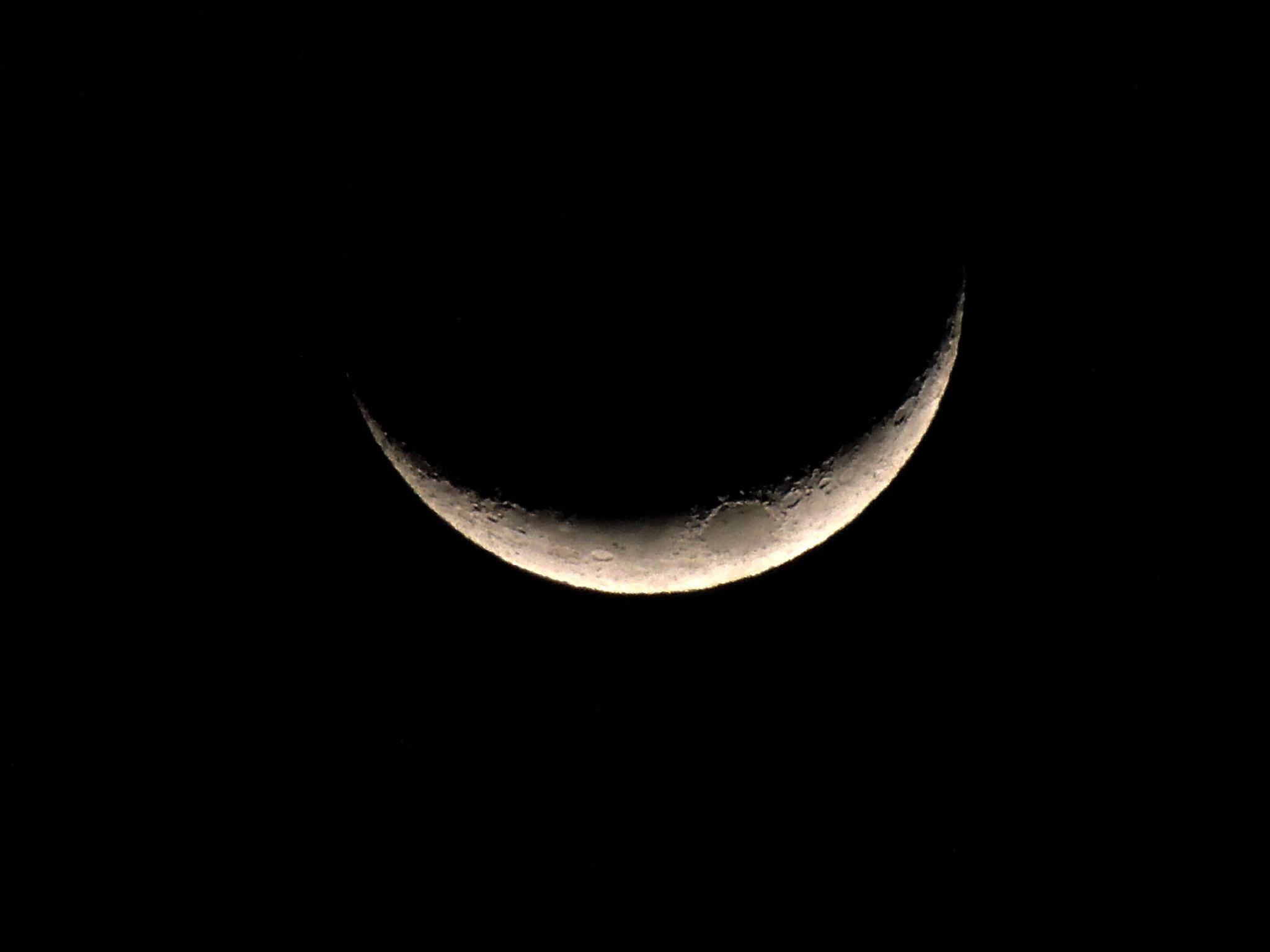
Events calendar/participations:
Cassini Probe’s Grand Finale at Saturn – 15.09.2017 [Virtual event]
After two decades in space, NASA’s Cassini spacecraft has ended its remarkable journey of exploration. Having expended almost every bit of the rocket propellant it carried to Saturn, operators deliberately plunged Cassini into the planet to ensure Saturn’s moons remain pristine for future exploration—in particular, the ice-covered, ocean-bearing moon Enceladus, but also Titan, with its intriguing pre-biotic chemistry.
On 15 Sep 2017, the spacecraft made its final approach to the giant planet Saturn.
Time: 11:00-13:00 UTC
Total Lunar Eclipse – 28.07.2018 [In-person event]
A total lunar eclipse occurred at the Moon’s descending node. It was the longest total lunar eclipse of the 21st century. Totality lasted 1h:42min. The Moon remained at least partially in Earth’s shadow for 3h:54min.
Time: 18:00-11:00 UTC
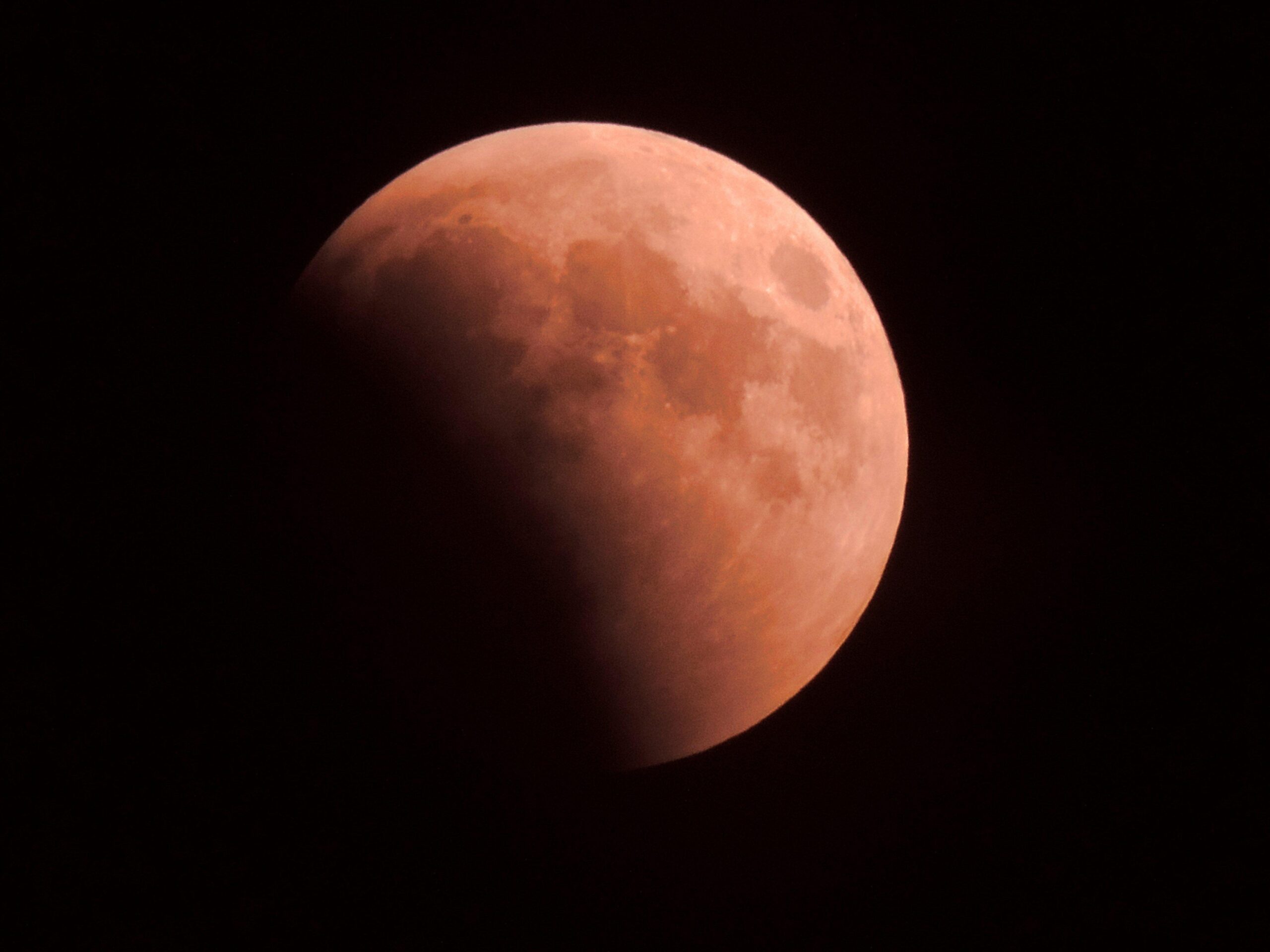
Parker Solar Probe launch – 12.08.2018 [Virtual event]
The United Launch Alliance Delta IV Heavy rocket launches NASA’s Parker Solar Probe on its voyage to the Sun, Aug. 12, 2018, from Launch Complex 37 at Cape Canaveral Air Force Station, Florida. Parker Solar Probe is humanity’s first-ever mission into the Sun’s atmosphere, called the corona.
Time: 07:00-09:00 UTC
Mercury Solar Transit – 11.11.2019 [In-person event]
Observing a transit of Mercury, the last until 2032. We’ll use telescopes and certified Sun filters.
Time: 12:34-18:04 UTC
C/2020 F3 [NEOWISE] Comet – 12.07.2020 [In-person event]
Comet NEOWISE [Near-Earth Object Wide-field Infrared Survey Explorer] became visible to the naked eye in July.
02:00-04:30 UTC
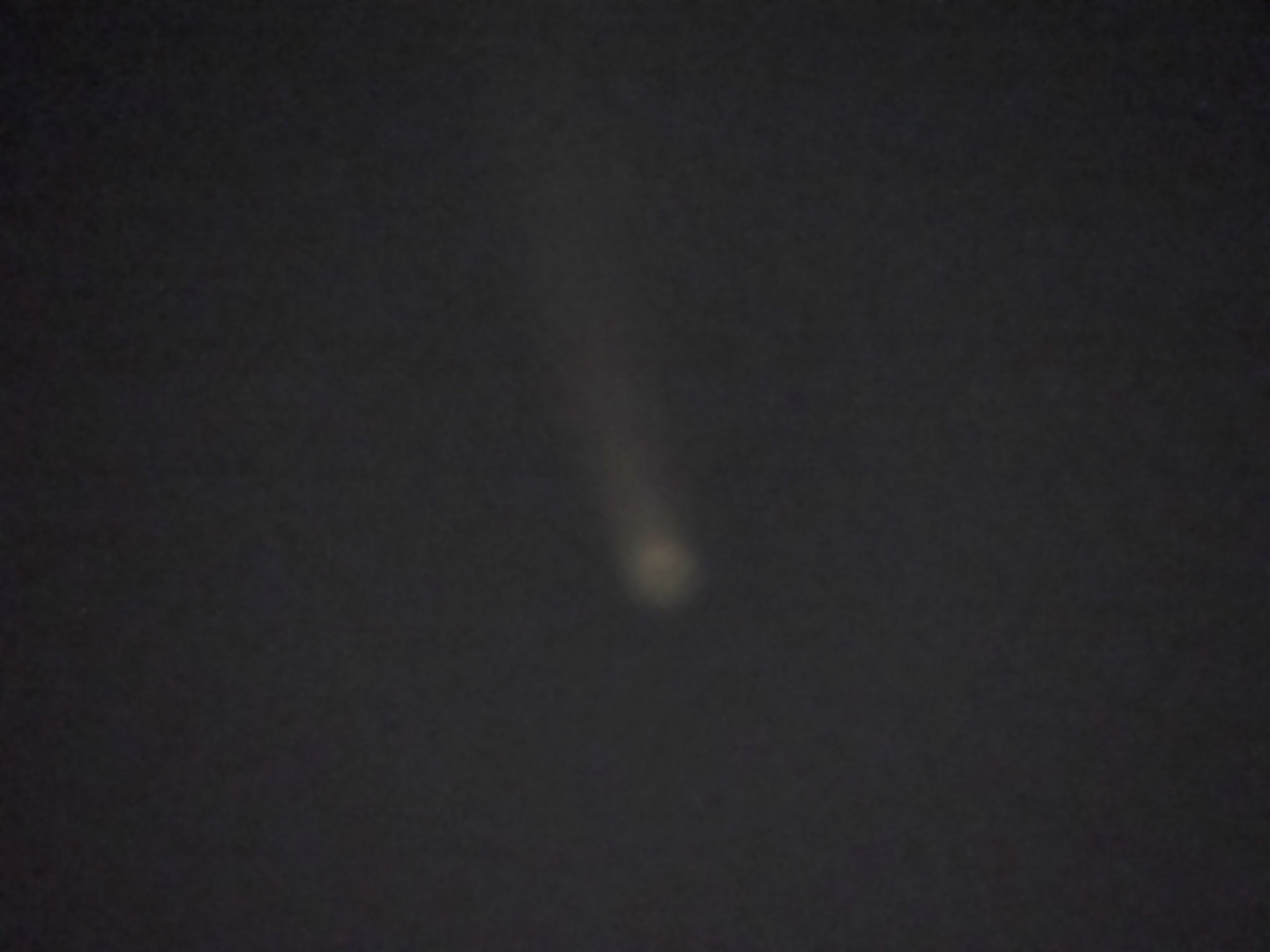
International Observe the Moon Night – 01.10.2022 [In-person event]
Join us at 1st of October for ‘International Observe the Moon Night – 2022’! Weather permitting, event guests will enjoy a great view of the Lunar surface!
The event grew out of two events during the International Year of Astronomy, 2009: ‘We’re at the Moon!’, sponsored by the ‘Lunar Reconnaissance Orbiter’ and ‘Lunar Crater Observation and Sensing Satellite’ teams to celebrate the arrival of the LRO and LCROSS at the Moon, and ‘National Observe the Moon Night’.
Time: 15:30-21:00 UTC
Event [Poster]/Participation [Cert]
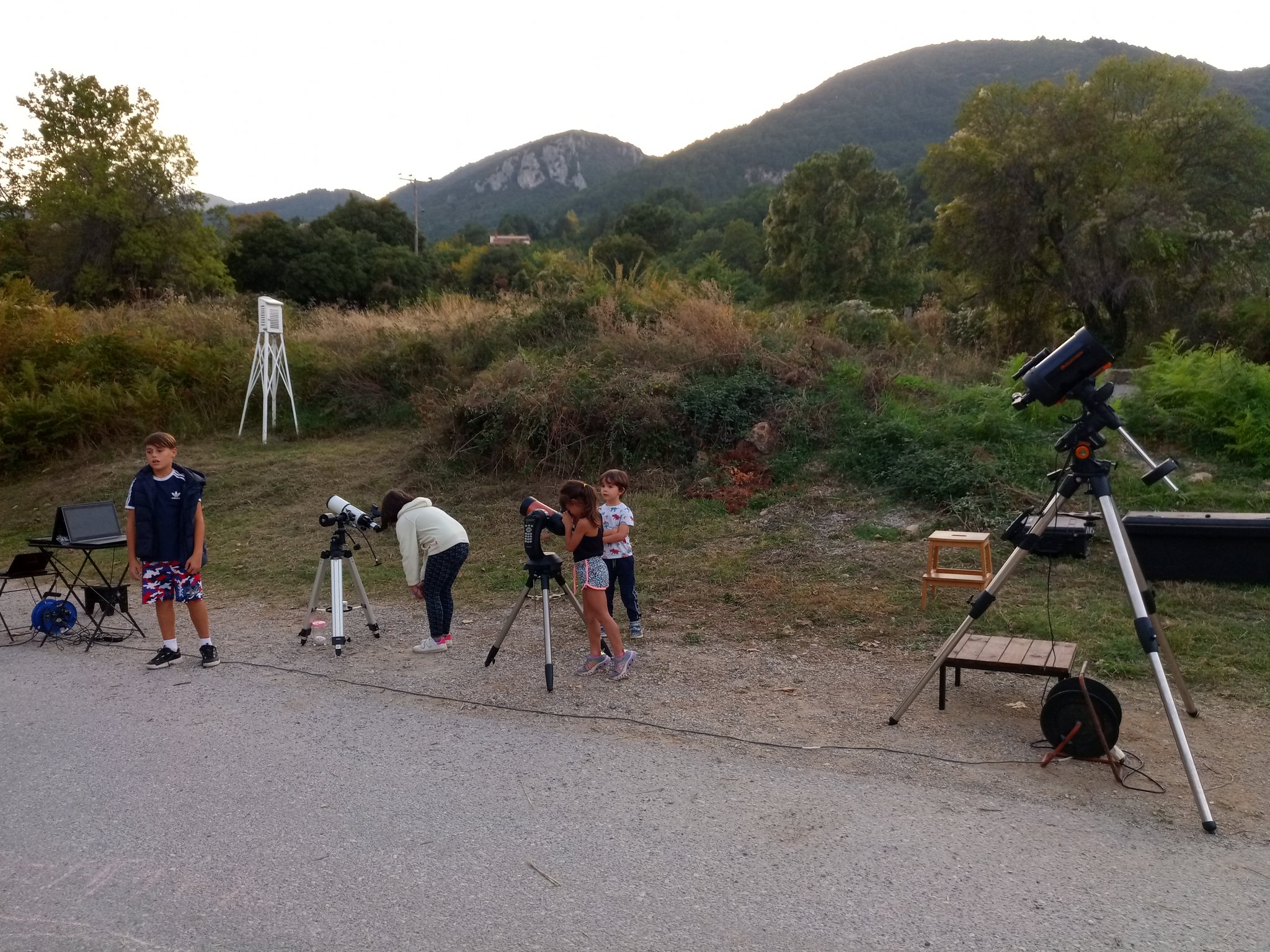
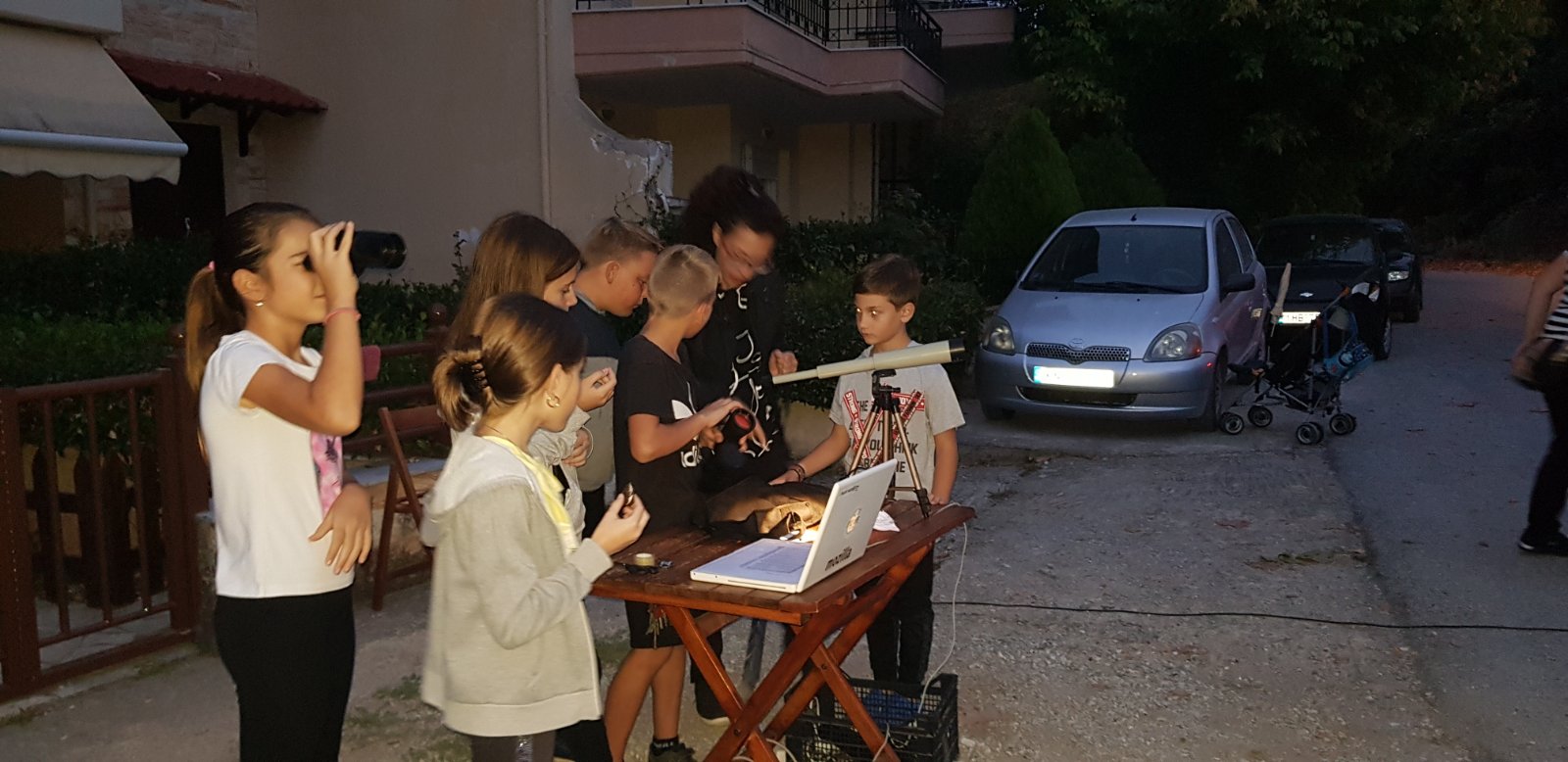
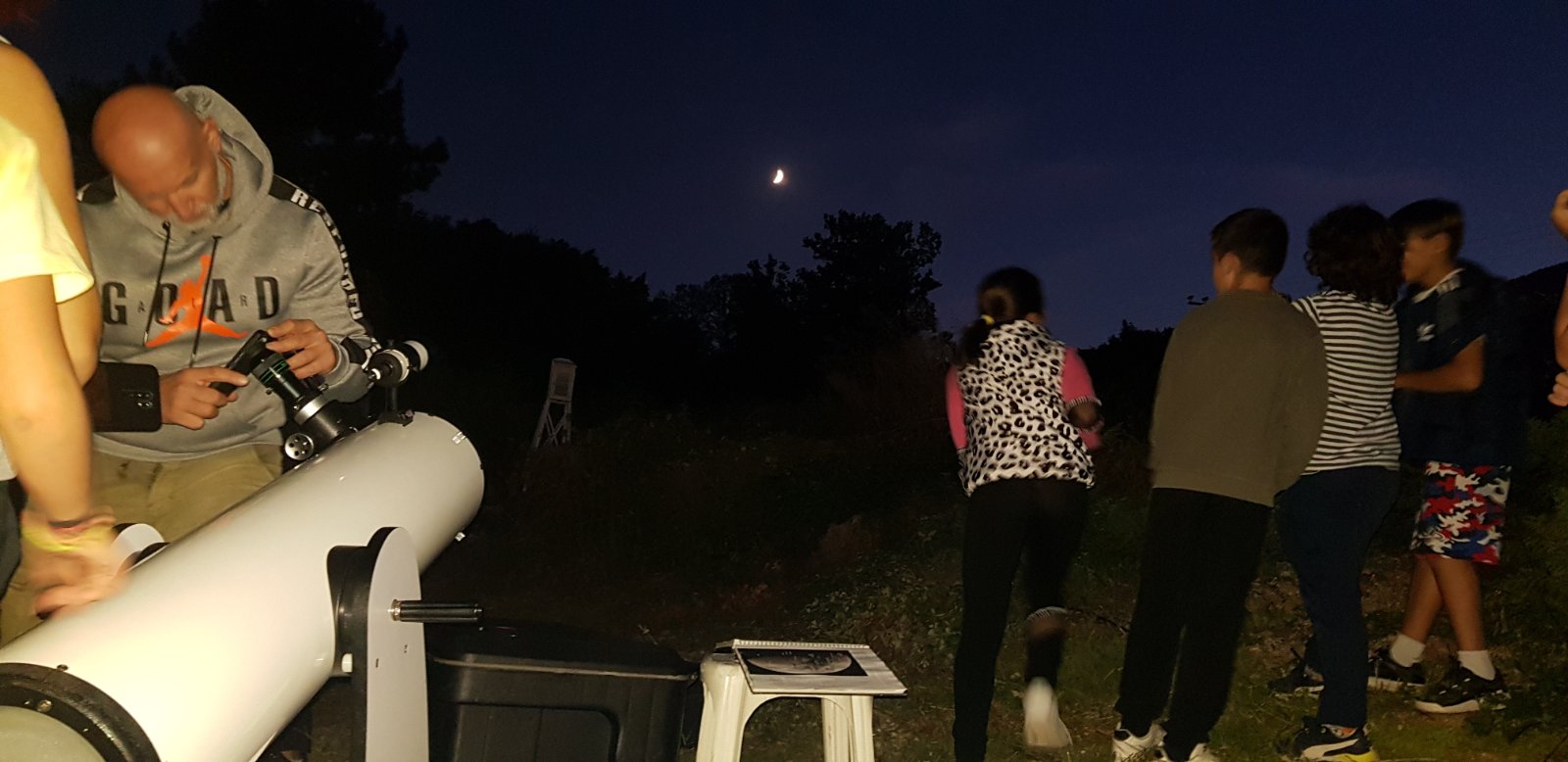
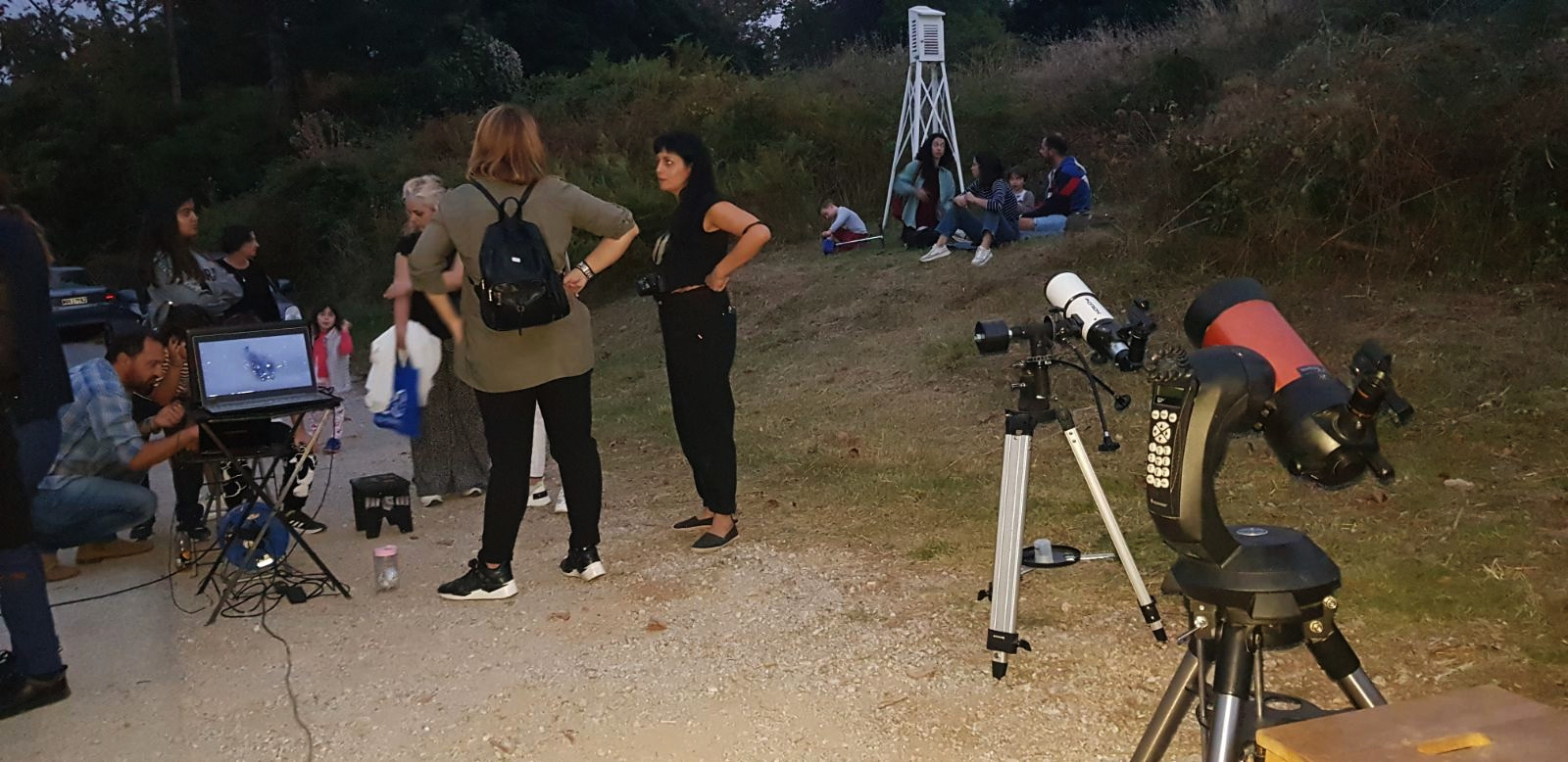
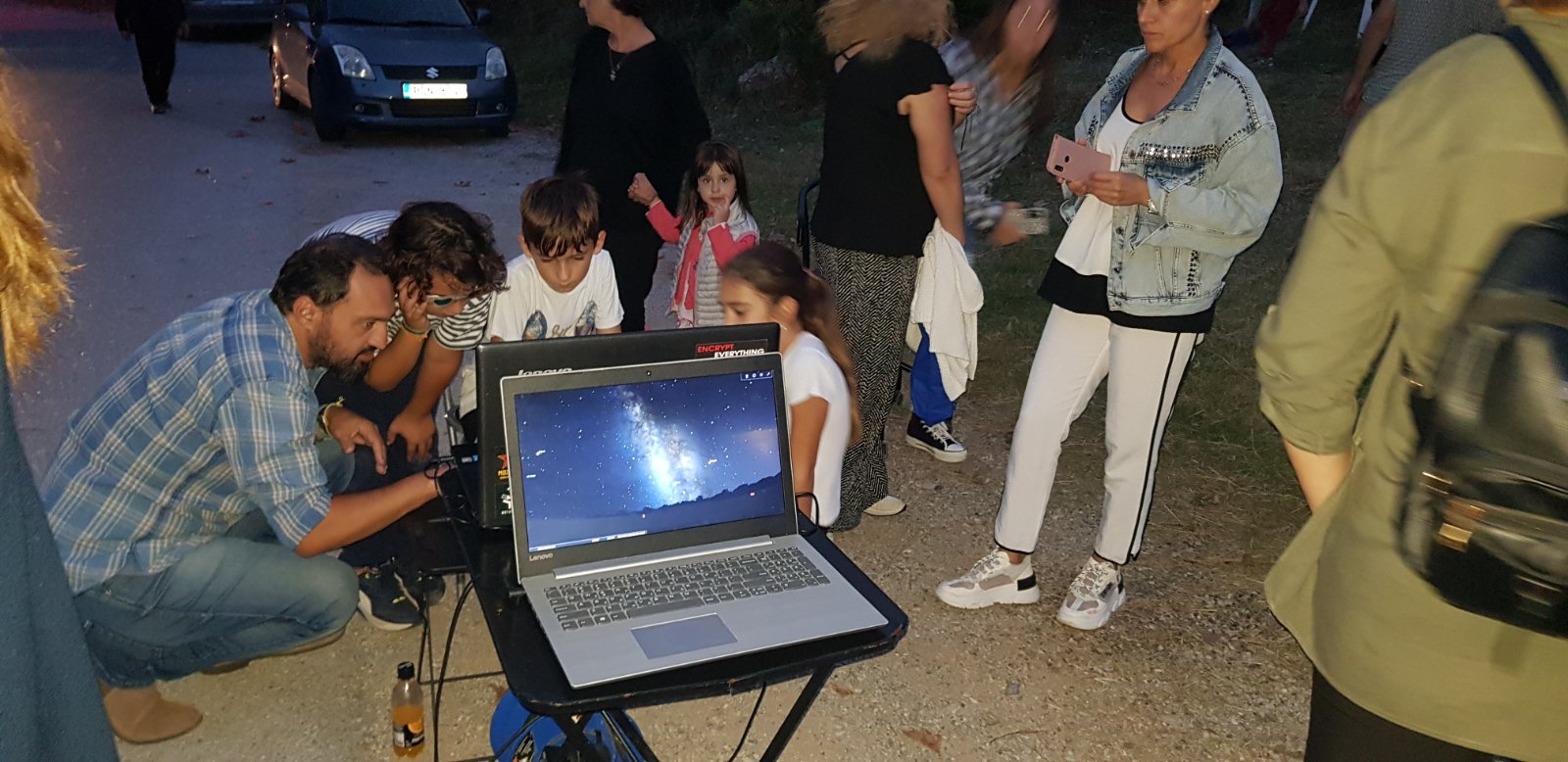
Partial Solar Eclipse – 25.10.2022 [In-person event]
The New Moon orbits between Sun and the Earth as seen from Litochoro – Greece, where the lunar disk will cover about 27% of the solar disk.
We’ll use solar eclipse glasses and telescopes with CE & ISO certified Sun filters.
Time: 09:30-12:30 UTC
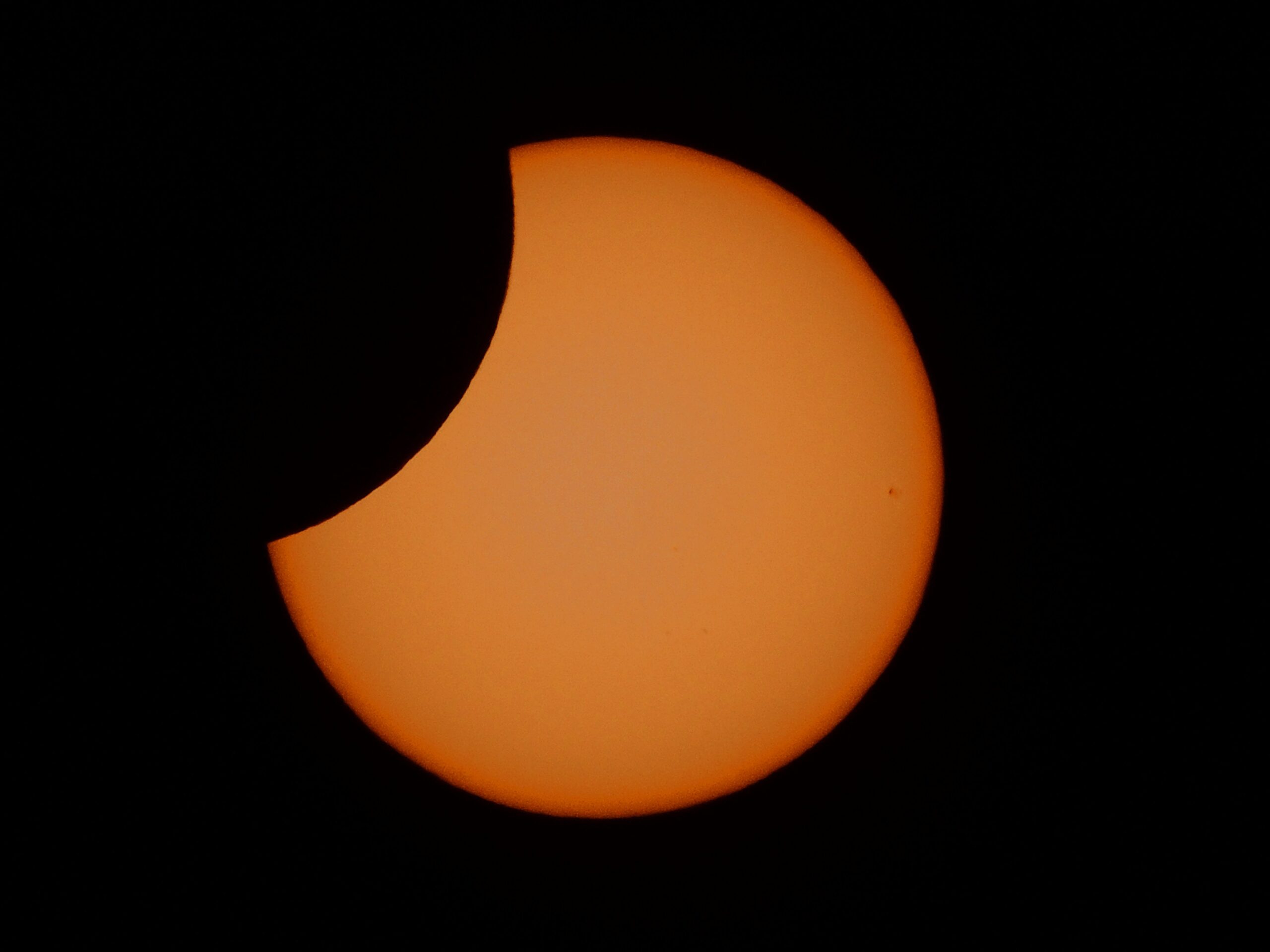
OSIRIS-REx – 28.09.2023 [Virtual event]
NASA’s OSIRIS-REx, the first U.S. mission to collect a sample from an asteroid, will return to Earth on Sept. 24, 2023, with material from asteroid Bennu. When it arrives, the OSIRIS-REx spacecraft will release the sample capsule for a safe landing in the Utah desert. The pristine material from Bennu – rocks and dust collected from the asteroid’s surface in 2020 – will offer generations of scientists a window into the time when the Sun and planets were forming about 4.5 billion years ago.
Time: 14:00-18:30 UTC
Partial Lunar Eclipse – 28.10.2023 [In-person event]
A partial lunar eclipse is currently taking place on Saturday 28-29.10.23 UTC, the last eclipse of the year covering Europe. 6% of the Moon’s area covered by Earth’s umbra.
Time: 19:00-11:00 UTC
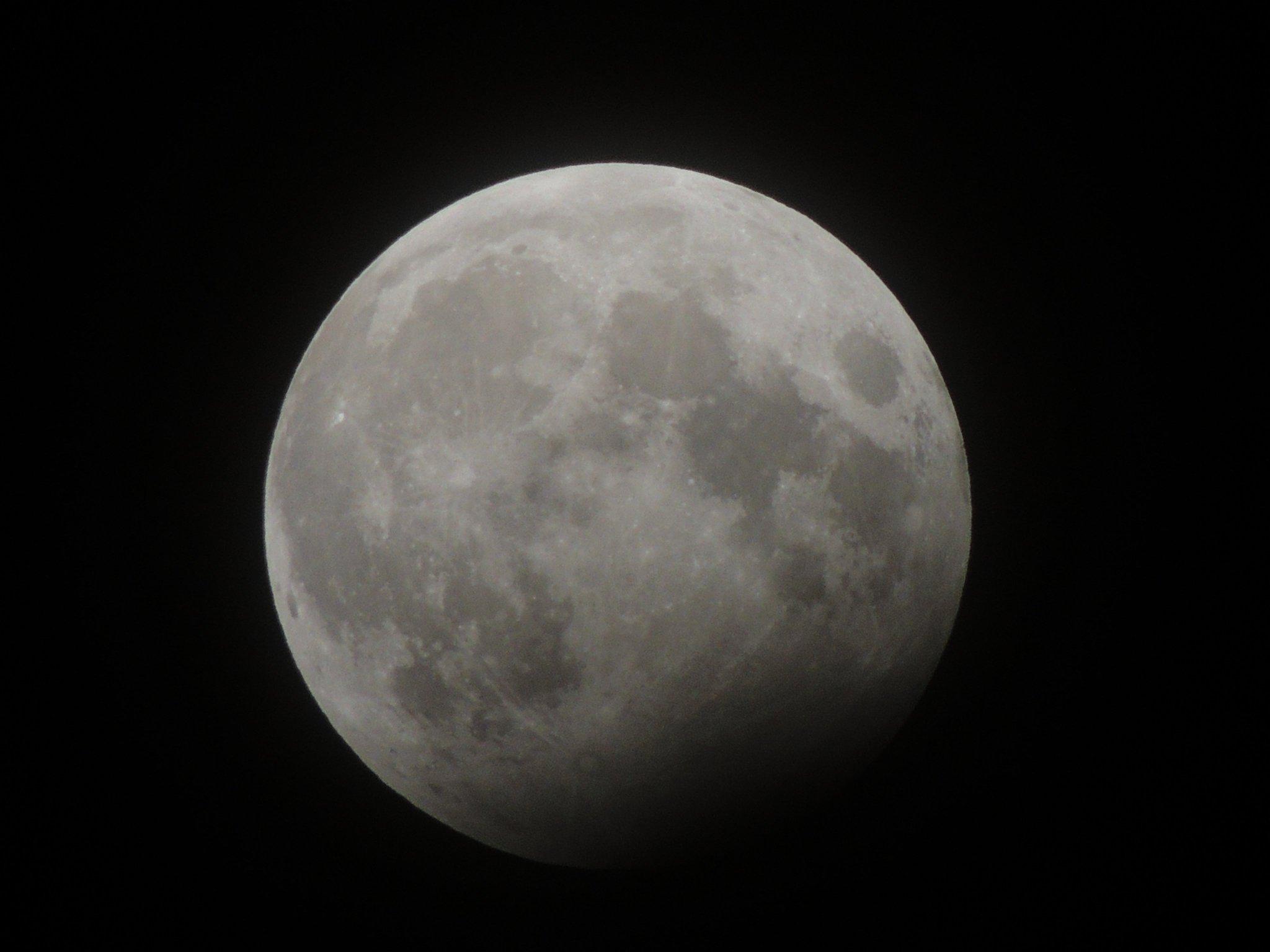
International Observe the Moon Night – 14.09.2024 [In-person event]
Join us at 14th of September for ‘International Observe the Moon Night – 2024’! Weather permitting, event guests will enjoy a great view of the Lunar surface!
Take part in celestial observations and learn about lunar science and exploration. The International Observe the Moon Night – 2024 is sponsored by the ‘Lunar Reconnaissance Orbiter’ and ‘Lunar Crater Observation and Sensing Satellite’ teams to celebrate the arrival of the LRO and LCROSS at the Moon, and ‘National Observe the Moon Night’.
Time: 15:30-21:00 UTC
Event [Poster]/Participation [Cert]
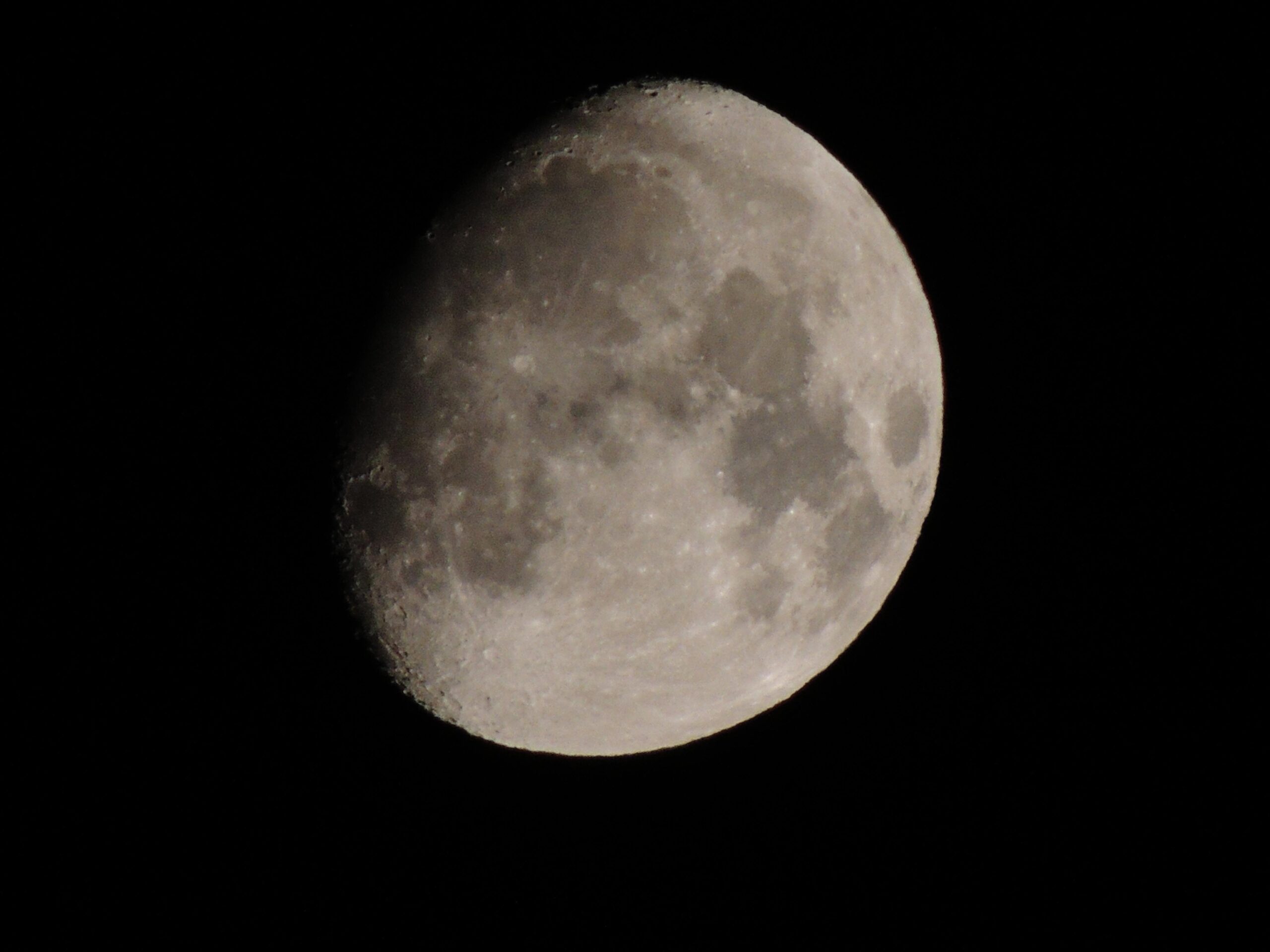
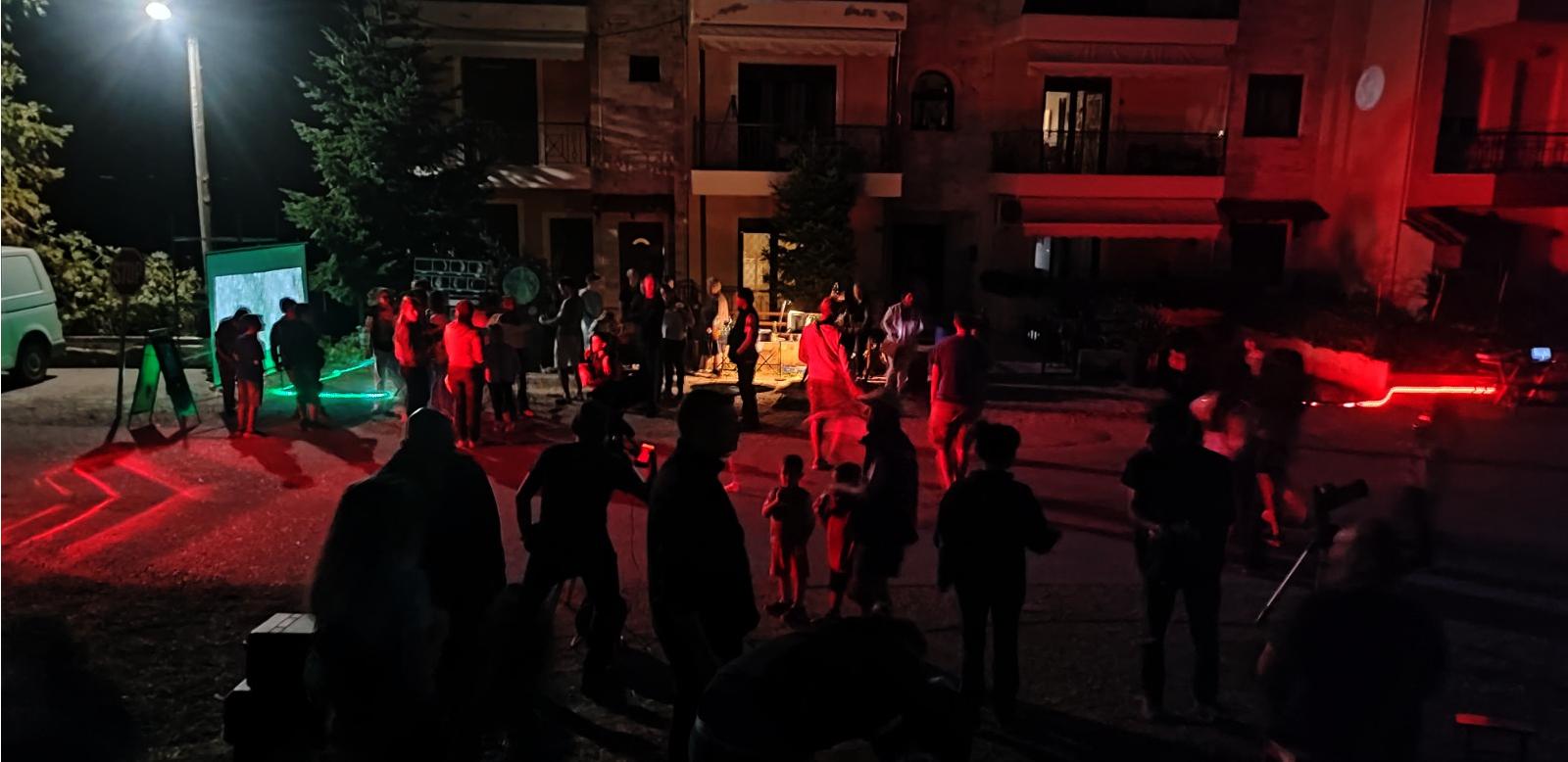
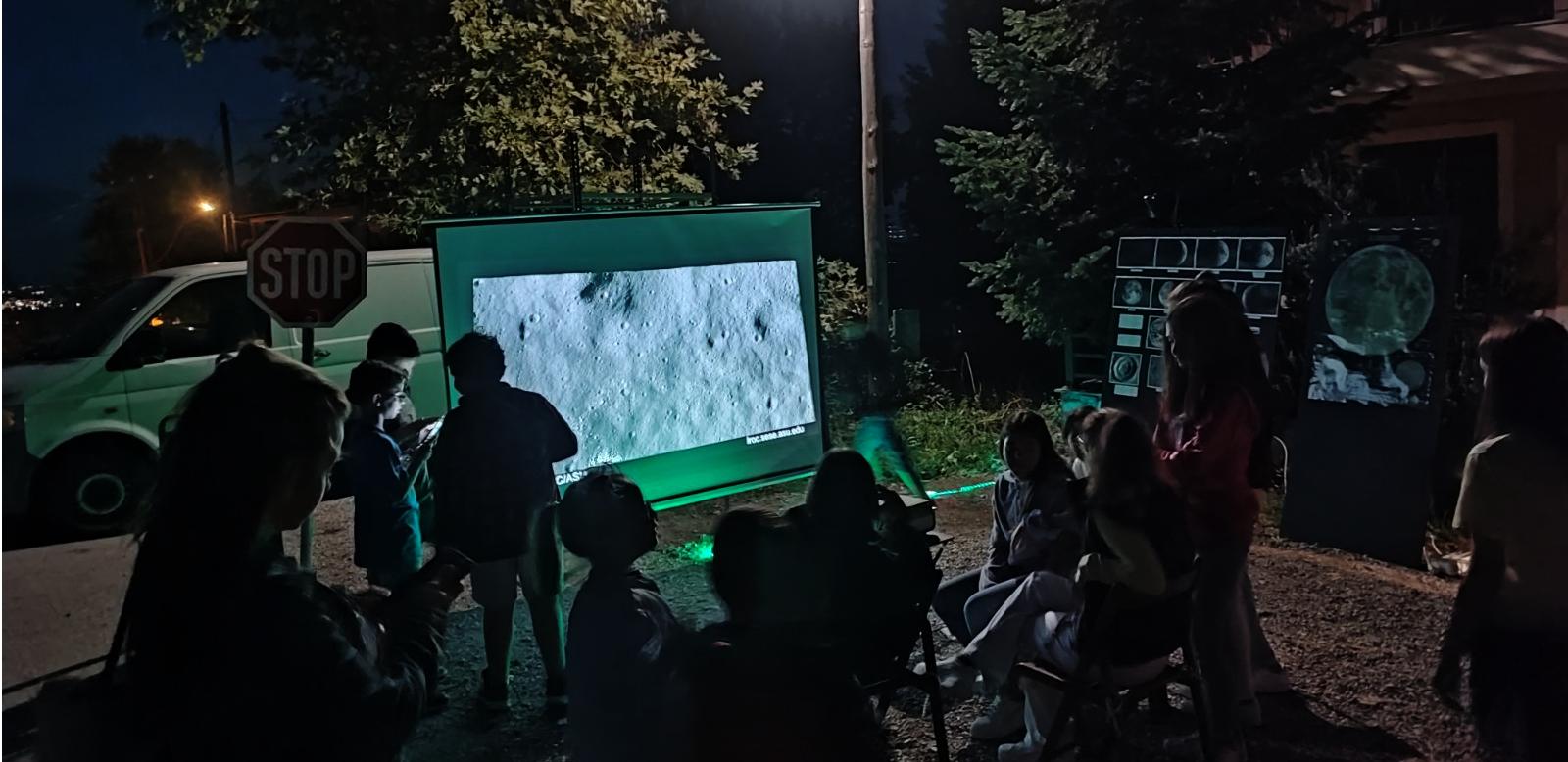
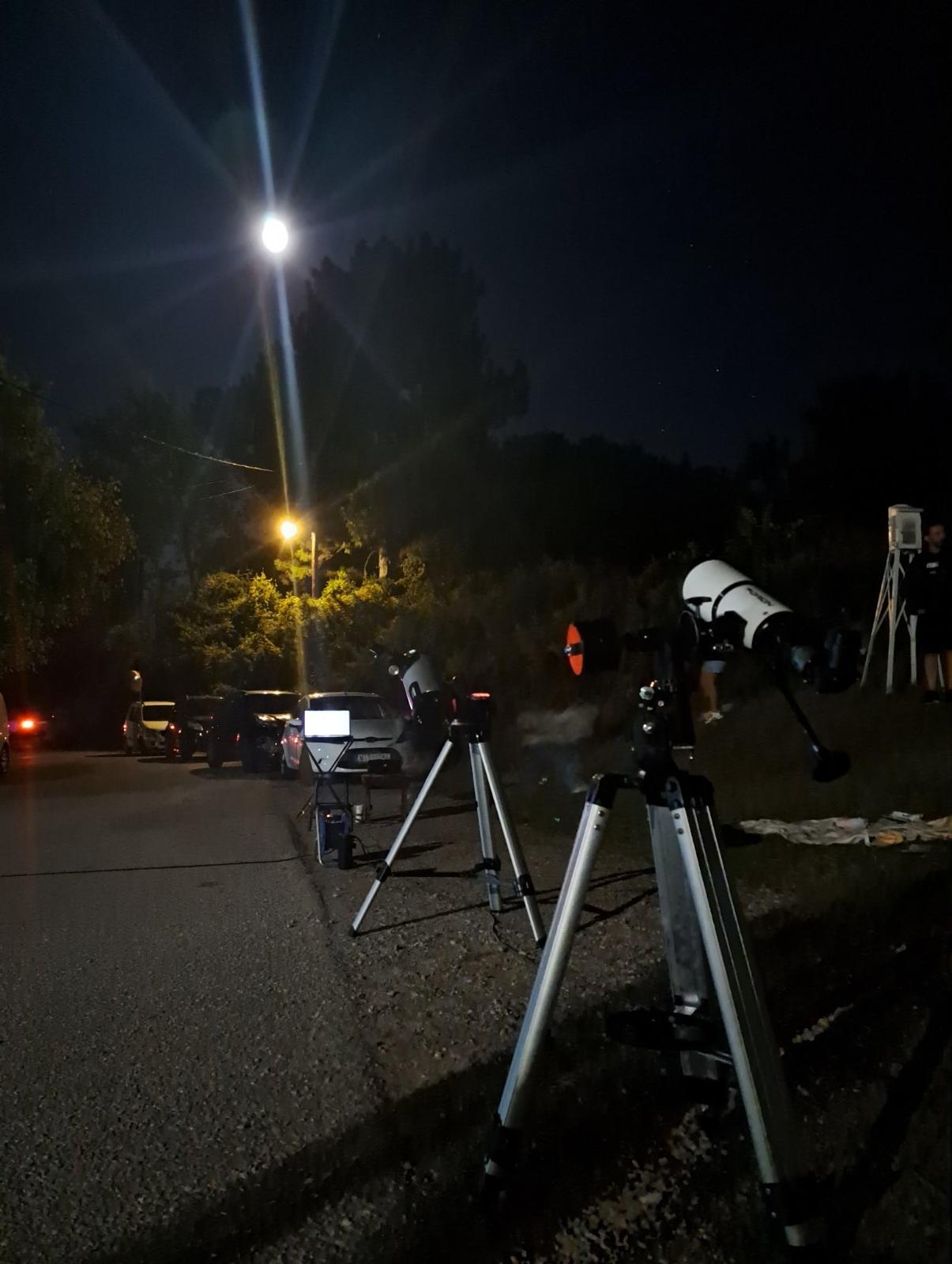
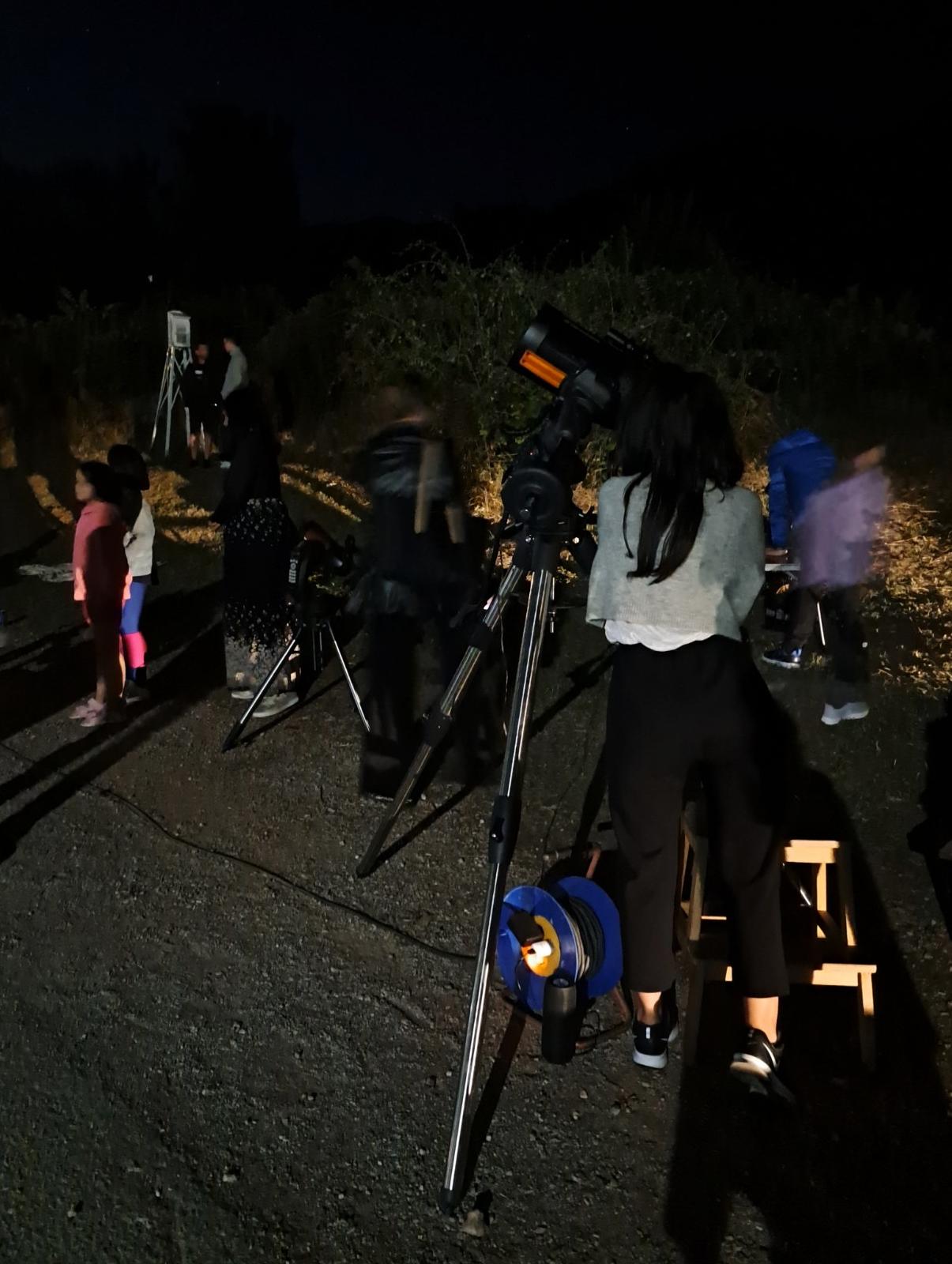
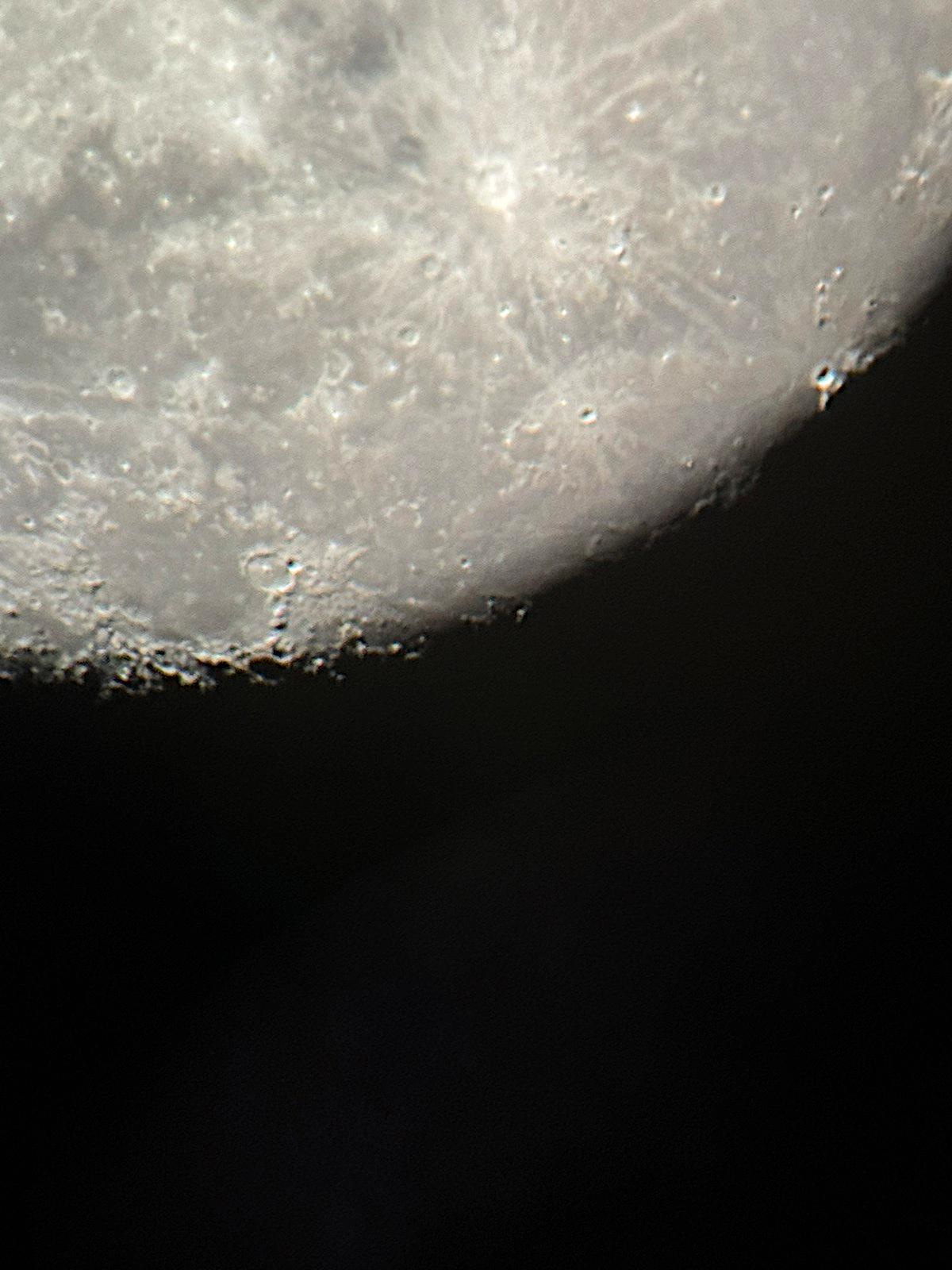
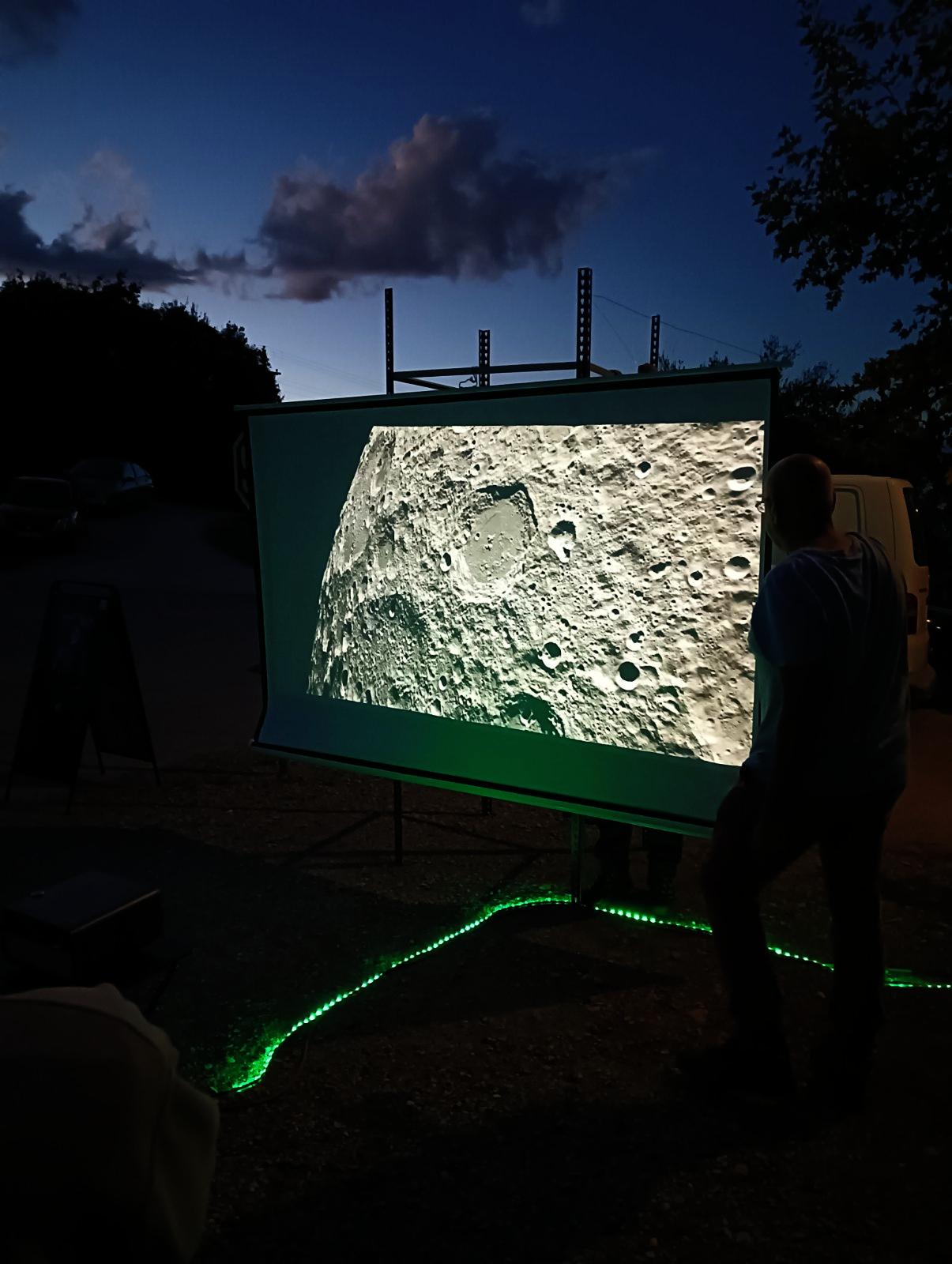
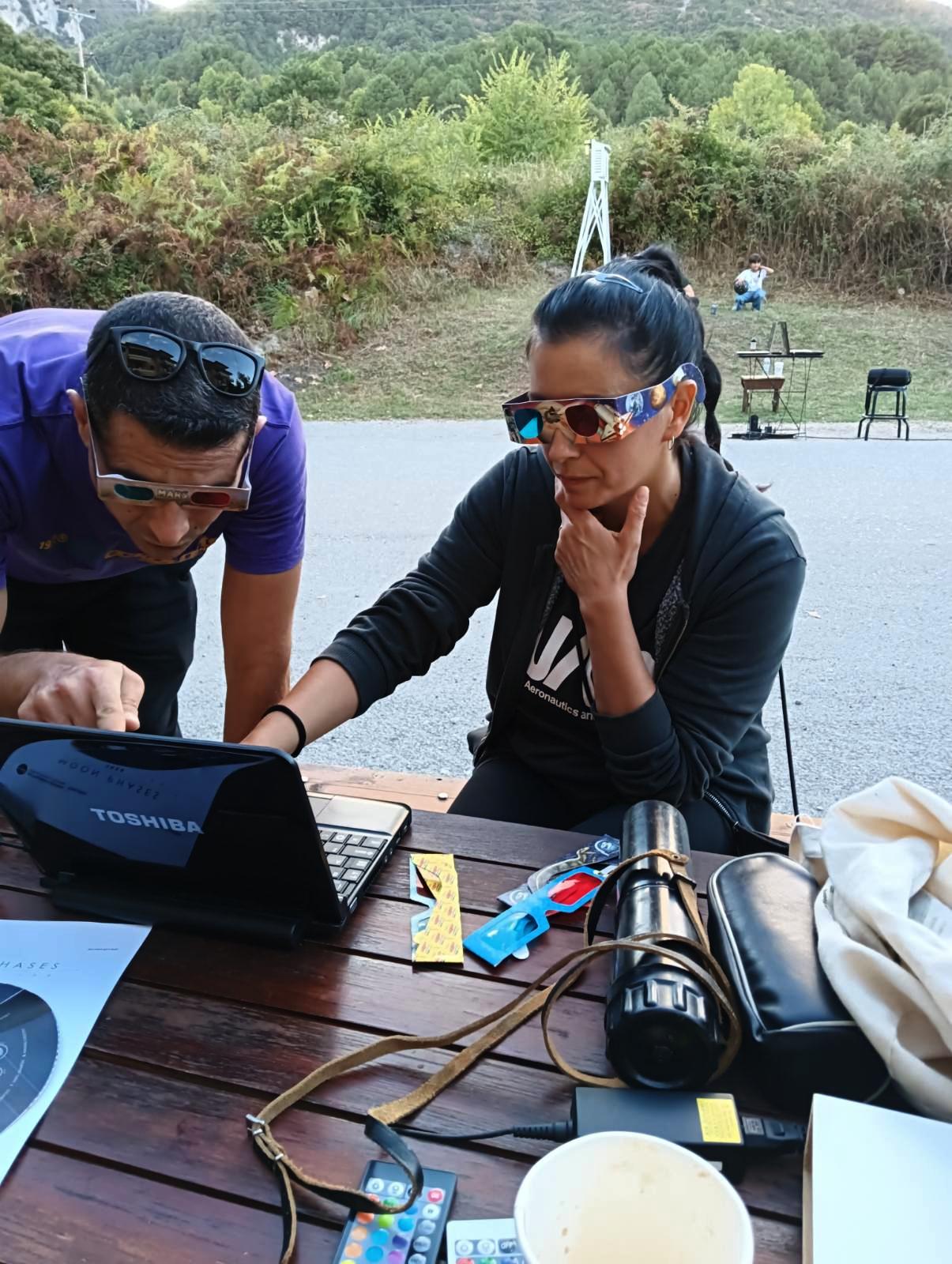
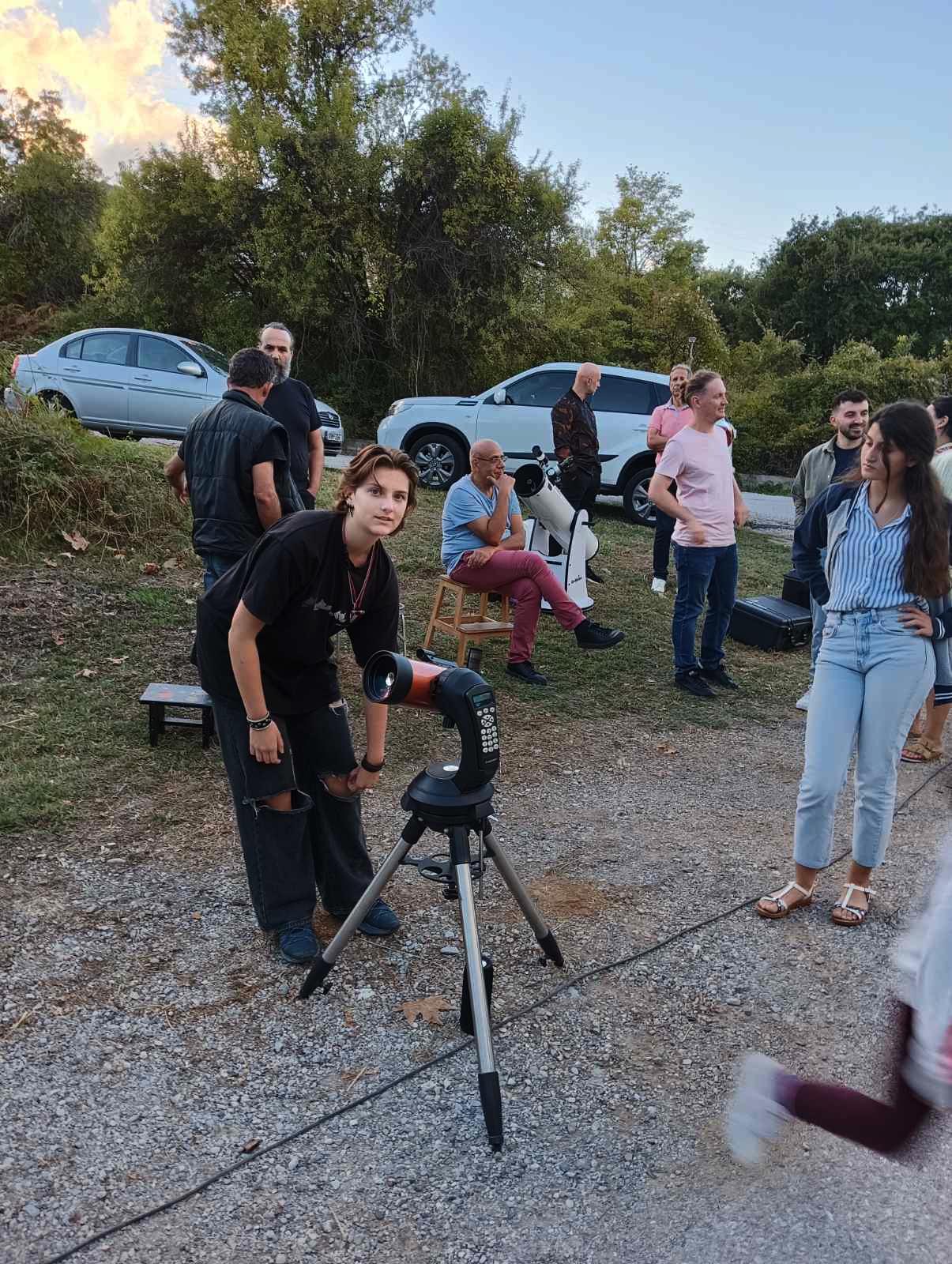
HERA launch – 07.10.2024 [Virtual event]
As part of the world’s first test of asteroid deflection, Hera will perform a detailed post-impact survey of the target asteroid, Dimorphos – the orbiting moonlet of a binary asteroid system known as Didymos. Now that NASA’s DART mission has impacted the moonlet, Hera will turn the grand-scale experiment into a well-understood and repeatable planetary defence technique.
Time: 14:00-16:00 UTC
Europa Clipper launch – 14.10.2024 [Virtual event]
NASA’s Europa Clipper has embarked on its long voyage to orbit Jupiter, and to make dozens of flybys of Europa. The spacecraft will launch at 19:06 p.m. UTC Oct. 14, 2024, aboard a SpaceX Falcon Heavy rocket from Launch Pad 39A at NASA’s Kennedy Space Center in Florida.
Time: 18:00-21:00 UTC
Best regards,
~/tinycore.lab
